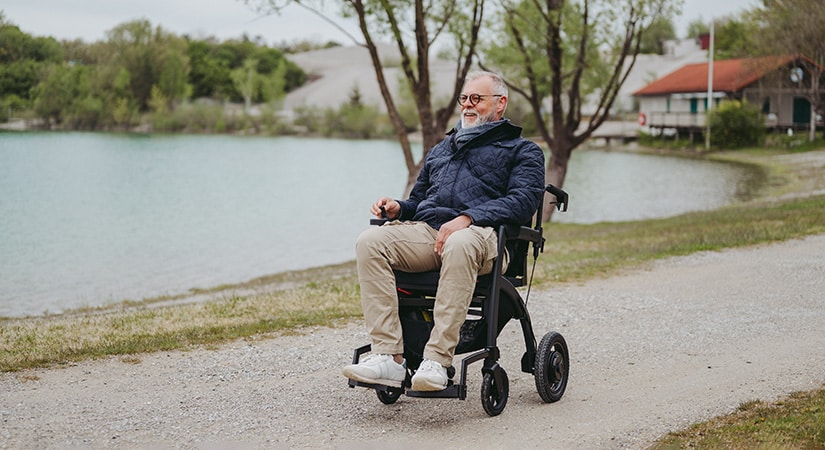Stability in wheelchairs is crucial. Developing wheelchairs requires a focus on increasing safety and quality control to promote safe and correct use while limiting risks. Beyond these primary objectives, design, application, and user convenience are secondary factors that significantly influence user choice when purchasing a wheelchair.
Understanding the different types of stability in wheelchairs is crucial for ensuring both safety and comfort for the user.
Wheelchair construction stability:
- Compliance with standards is crucial for ensuring safe wheelchairs.
- Designing stable wheelchairs is challenging as they often compromise on stability to achieve lightness and portability.
- The expertise and quality of the developer are vital in creating a stable and safe wheelchair.
User stability in the wheelchair:
- User stability involves body balance and posture. The International Standards Organization (ISO) determined standards regarding the static stability of wheelchairs, considering the risk of tipping.
- According to the Medicines and Healthcare Products Regulatory Agency, a wheelchair is stable when the combined center of gravity of the wheelchair and user is between the predetermined points of contact.
- Determining the static tilt angle of wheelchairs is essential for stability. Wheelchairs are tested in various directions to meet these standards.
Stability in wheelchairs is partly determined by a good seat cushion and adequate opportunities to balance and stabilize (pelvic and torso flexibility). The user must feel comfortable in the wheelchair, as discomfort can hinder the development of skills needed to maneuver the wheelchair effectively. An ergonomic seating system (head balance, torso stability, and seating comfort) helps determine the ideal sitting position. Proper torso stability reduces the risk of overuse injuries (Repetitive Strain Injury RSI). Ensuring a balance between load and load-carrying capacity minimizes injuries, closely related to the body’s stability in the wheelchair.
Stability vs. usage
a. Daily use: Wheelchairs for daily use are utilized intensively throughout the day and often come with individualized adjustments. These wheelchairs typically feature fixed frames, though foldable versions are also available. A daily-use wheelchair must provide significant stability in both its construction and seating comfort.
b. Incidental use: These wheelchairs are intended for outdoor activities, like shopping, for users who cannot walk more than 100 meters. They are often foldable and have individual adjustments. While they must meet statutory standards, fewer stability requirements are imposed due to their incidental use. Daily intensive use can cause physical damage.
c. Temporary use: Temporary use wheelchairs are for people with temporary leg limitations, such as a broken leg. They are standard versions intended for short transport needs (e.g., from bed to toilet) and lack individual adjustments. These wheelchairs should not be used for more than a few weeks to avoid serious physical damage.
The theme of stability in wheelchairs is complex, with various preconditions depending on the user’s goals, requirements, and preferences. It is recommended that any wheelchair user requiring a daily-use wheelchair consult a healthcare professional to ensure proper fit and support. The right exercises can optimize balance and stability, helping to maintain or improve the user’s shoulder, torso, and back muscles. Balanced muscle groups enhance flexibility and stability in daily wheelchair movement. Using a wheelchair offers a feeling of independence, which an occupational therapist will consider when supporting individuals to achieve their optimum level of autonomy.
